How to Straighten Copper Wire (5 Easy Methods)
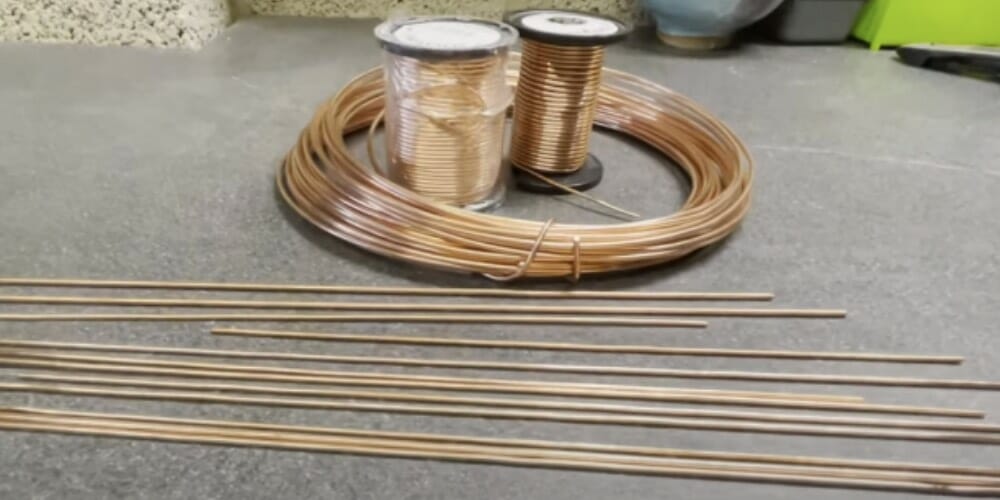
This article will show you how to straighten your copper wire.
Copper wire can be difficult to straighten out. It can be subject to many kinks over time, i.e., twisting, tight curling, and bending, when it is stored, and whether it is insulated. Before reusing your copper wire, it will be necessary to straighten it. You might think it is easy, but it isn’t unless you know good ways to do it.
I’ve covered several ways to do this.
You will need to hold one end of the wire while applying one of the methods described here to straighten the copper wire. You may only need to use your hands, but in more difficult cases, you can use a tool to help you.
Tools
You won’t necessarily need to use a tool, but if there is a lot of straightening to do, you’re finding it difficult to straighten, or the wire is thick, then you may need to use the following:
Nose pliers, nylon jaw pliers, clamp, hammer, and either a wooden block or bench top.
Methods to Straighten Copper Wire
Use whichever of the methods below is suitable for your particular situation. Try to minimize the application of these methods because you don’t want to break them, only straighten them.
| Never try to straighten copper wire that has an electrical current in it. The wire you are going to straighten must NOT be connected to a live electricity supply. If it’s being used in an electrical circuit, it should be disconnected or unplugged. However, the methods described here are for loose strands or a new roll of wire. |
Method 1: Running through Your Fingers
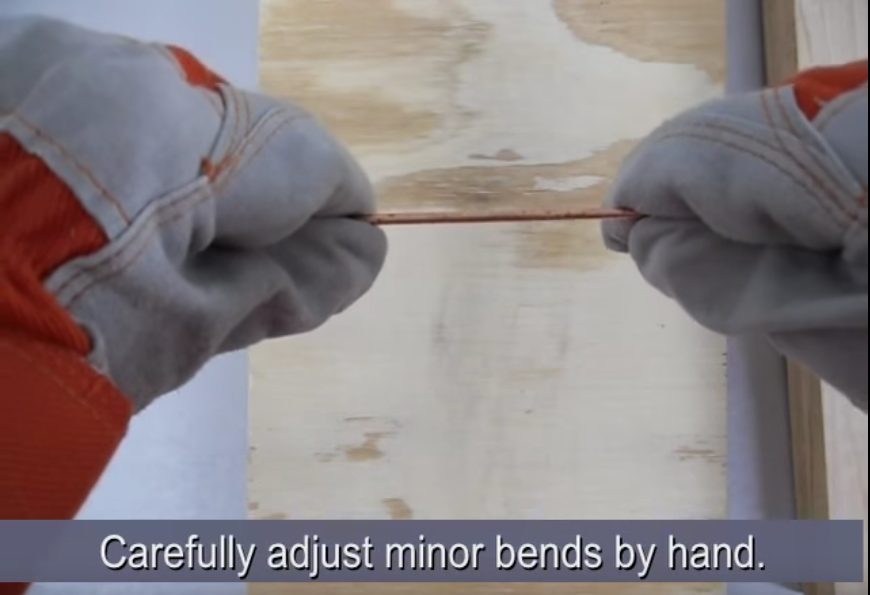
You can remove gentle curls, as in new rolls of wire, by running the copper wire through your fingers.
Grip the end of the wire by pinching it with your index finger and thumb, and pass it through the fingers of your other hand.
If you cannot grip the end of the wire easily, use a paper towel or wear a pair of gloves. If the end of the wire is sharp, you may need to use one or the other. Additionally, you may prefer to wear safety goggles for extra protection.
Method 2: Using Nose Pliers or a Vice
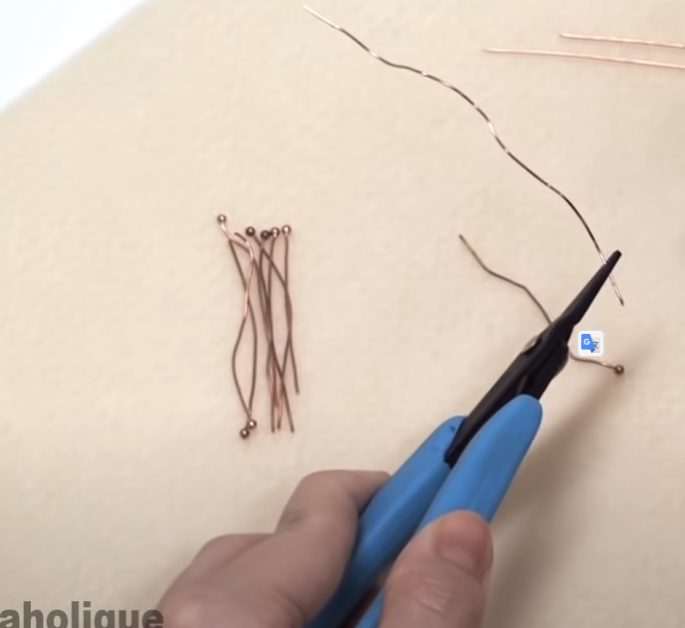
Instead of holding the end of the wire with one hand, you can use nose pliers or vice.
Clamping the end of the wire with a vice will give you a firmer grip, but nose pliers might be sufficient. If the wire is thin, such as 22, 24, or 26 gauge, for a low-powered device or for making jewelry, you may need to use pliers to get a proper grip. But don’t squeeze the wire too tightly because it could leave a mark on the wire, or you could end up snipping the end and having to grip the new end.
Don’t use ordinary pliers because they could damage the wire. The type of nose pliers I recommend that you use is needle nose pliers.
Method 3: Use Two Pliers
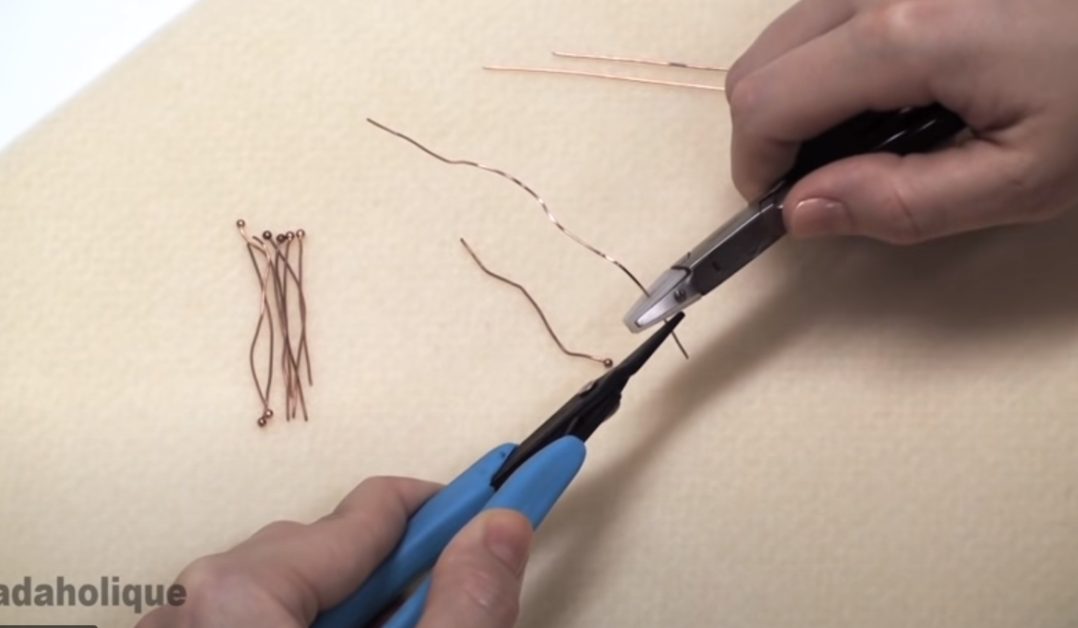
In this method, we will use two pliers instead of one.
Along with the nose pliers you already have, you can also use nylon jaw pliers with flat plastic jaws. This will not leave a mark on the wire. But to minimize wire loss, hold the wire with the nylon jaw pliers as close as possible to the nose pliers.
Method 4: Using Nylon Jaw Pliers
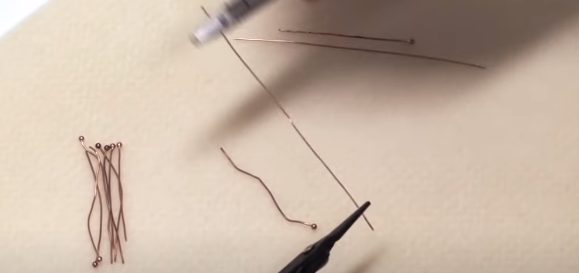
You can also use the pliers to pull or slide along the length of the wire instead of using them to hold its end and straighten it with your fingers.
Maintain a light pressure while doing this. It should neither be too hard nor too soft. Also, place the wire in the ‘V’ part of the pliers to hold it firmly.
Start from where you’re holding the end of the wire with the nose pliers and work your way along the rest of the wire. The bends, twists, and curls should straighten as you slide along.
Method 5: Thick Wire
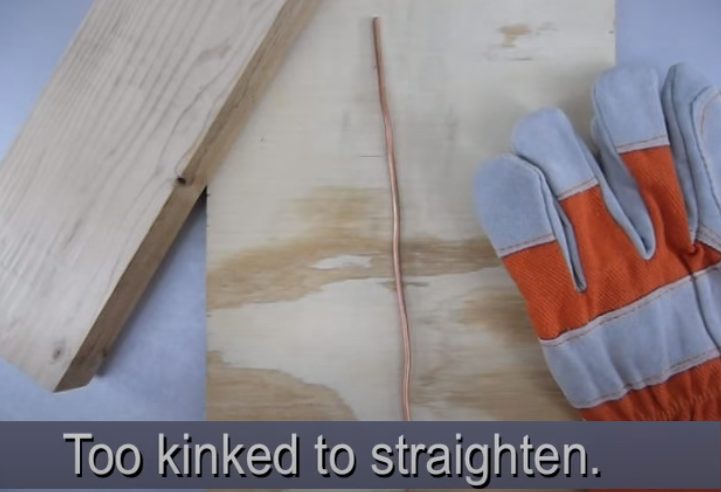
If you need to straighten thick copper wire, you will need the extra tools mentioned above, namely a hammer and block.
Firstly, place the wire on the block or bench top and tap on the bends using the hammer until those portions are straight. You will need to strike harder if the bend is large or hard.
Another way is to place the wire on a tabletop and use the block to press down and roll it along the wire with a little pressure. Don’t apply too much pressure so that you flatten the wire. Only apply enough to straighten it.
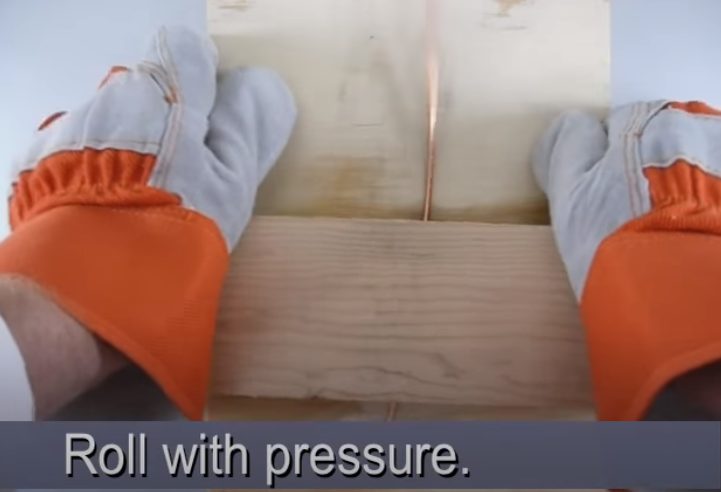
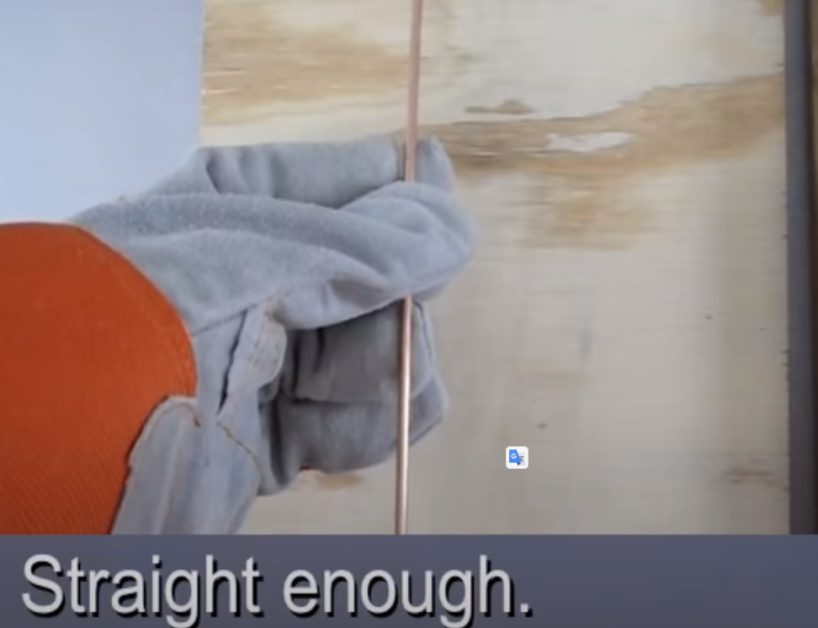
Why You Would Need to Straighten Copper Wire
The Nature of Copper Wire
Copper is an elegant and malleable metal.
On the one hand, this makes it easy to bend around corners, studs, and other obstacles in electrical circuits. But on the other hand, it cannot be easy to straighten it once bent.
That’s why the methods we describe can be useful for straightening the copper wire well.
When You Do Need to Straighten It
There are some situations when you would need to straighten your copper wire.
For example, when you buy new wire, it is usually coiled, so it is bent before you even open the package to start using it. You may even have struggled to straighten old, bent copper wire in the past, and you will already know how difficult it is. Also, if you decide to use copper wire for making jewelry, you will need to know how to straighten it.
If the wire is uneven along its length, i.e., thinner in some points than others, it means grooves are in it. Small scratches and marks, especially if it’s going to be used for jewelry, create cosmetic damage. The such wire needs to be straightened.
Whenever you need to straighten copper wire, there are a few different ways to do it without using tools. Following our guide, removing all the bends and other kinks won’t take long.
Video References
Copper-Gravity
Laboratory 424
Beadaholique
